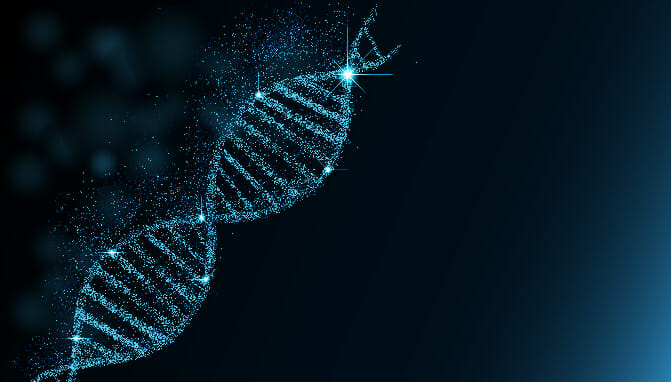
A, G, T and C are quite possibly the most famous letters of the
alphabet (if you are a biologist at least) and make up the key
ingredients for life on earth. From school age, we are taught that DNA,
the basic building blocks of our genes, consists of four nucleobases
that are entwined in an elegant double helix; ready to unravel when life
demands replication. DNA is transcribed to RNA which is translated to
protein in a neat, self-sustained system that allows organisms to adapt
and evolve to their environment, transferring these adaptations to their
offspring.
As space expeditions are deployed to far away
planets and galaxies, one of humanity’s greatest questions remains
unanswered – is there other life out there?
If so, would this
life form consist of the same universal DNA and RNA building blocks that
are found in organisms living on Earth? This question has encouraged
great debate, and recognition that our understanding of DNA and RNA is
limited, considering that the discovery of DNA’s structure only occurred
relatively recently in the 20th century. The idea that DNA may exist in
a form other than that in our very cells was pretty incomprehensible
until recently.
A new kind of DNA
Steven Benner, PhD, and team at the Foundation for Applied Molecular Evolution have constructed a new kind of DNA that is synthetic, created in a laboratory rather than by nature. It has been named “hachimoji” DNA (from the Japanese “hachi” meaning “eight”, and “moji” meaning “letter”). Unlike regular DNA, hachimoji DNA contains eight building blocks that pair predictably, meaning it has a greater storage capacity than regular DNA. It can also be copied to make hachimoji RNA, which is able to direct protein synthesis and produce selectable phenotypes, “We can set up in vitro selection systems that will force hachimoji DNA and hachimoji RNA to evolve to have many selectable phenotypes. For example, we have evolved pieces of hachimoji DNA to bind to breast cancer cells, liver cancer cells, and anthrax toxin. We are now evolving pieces of hachimoji DNA that are adapted to selectively cut proteins that are responsible for disease,” Benner comments. The research findings are published in the journal Science.
Read More Here

